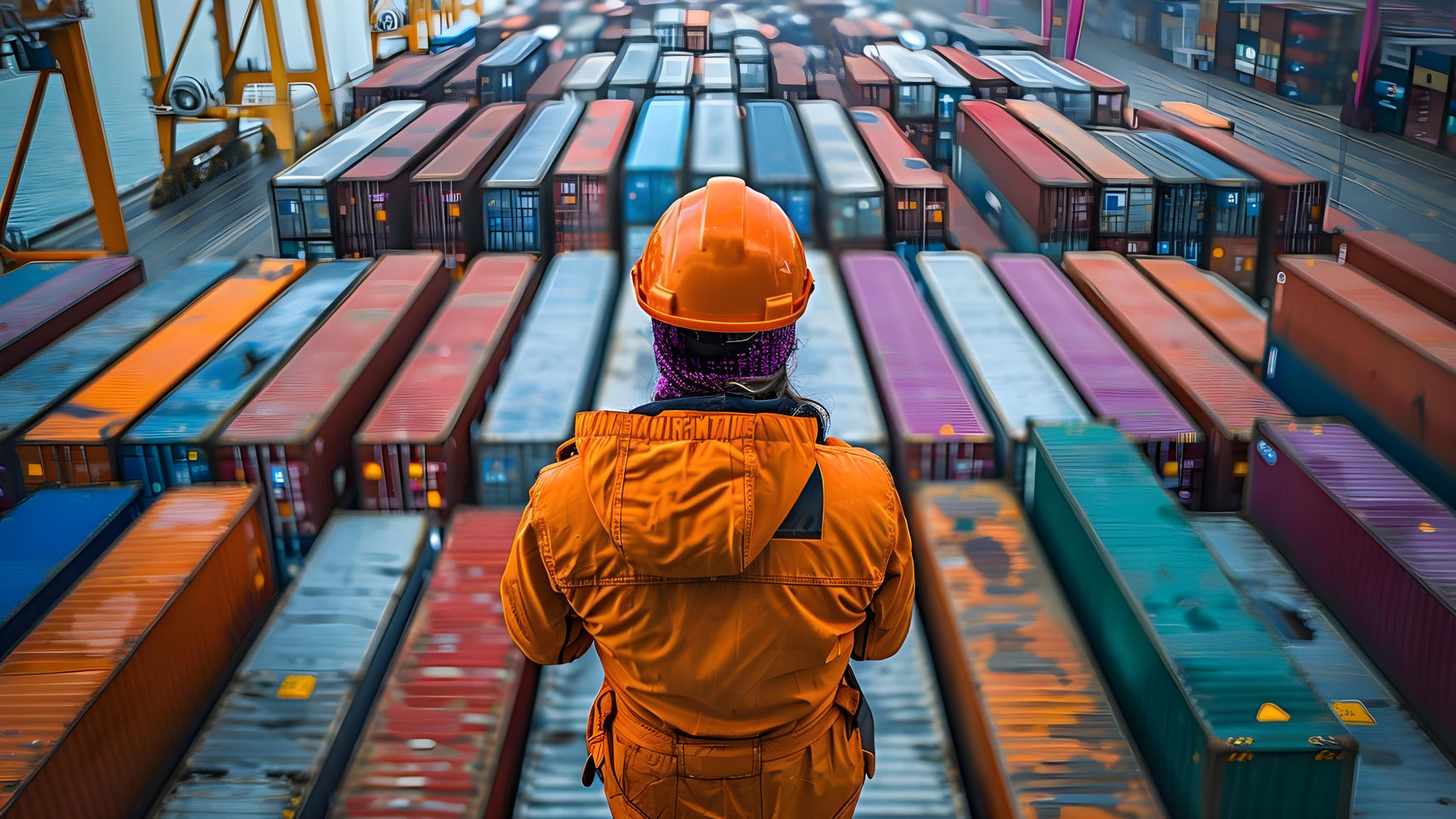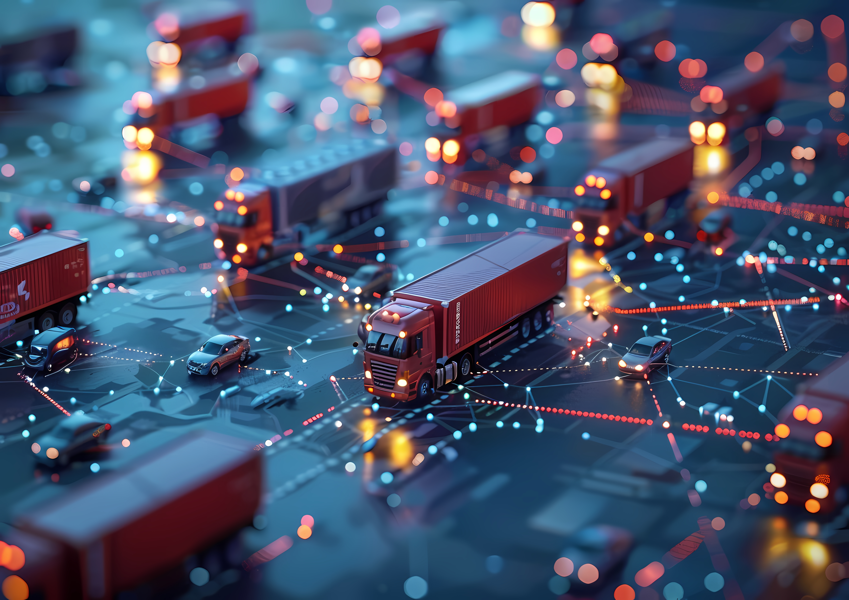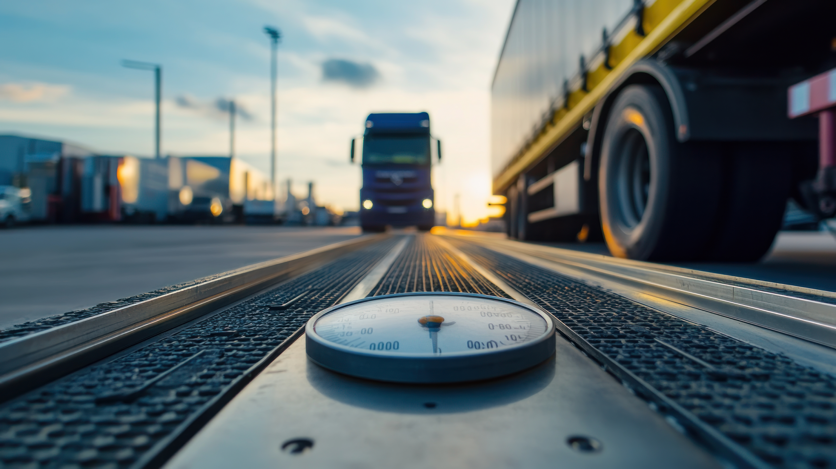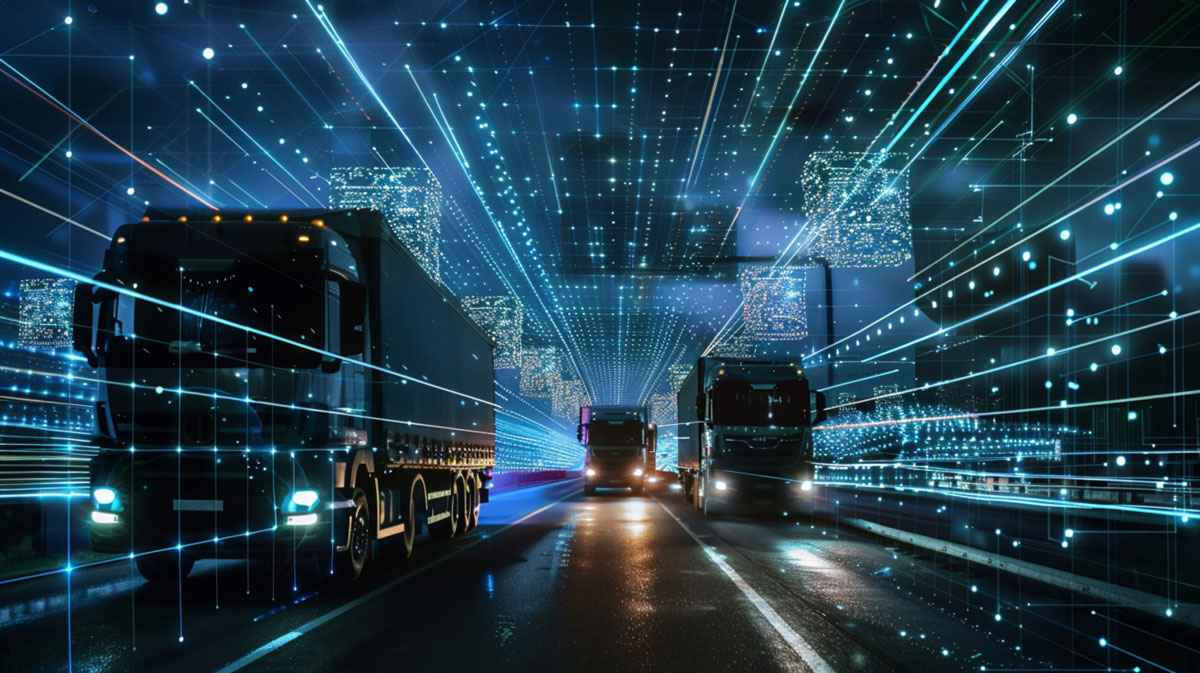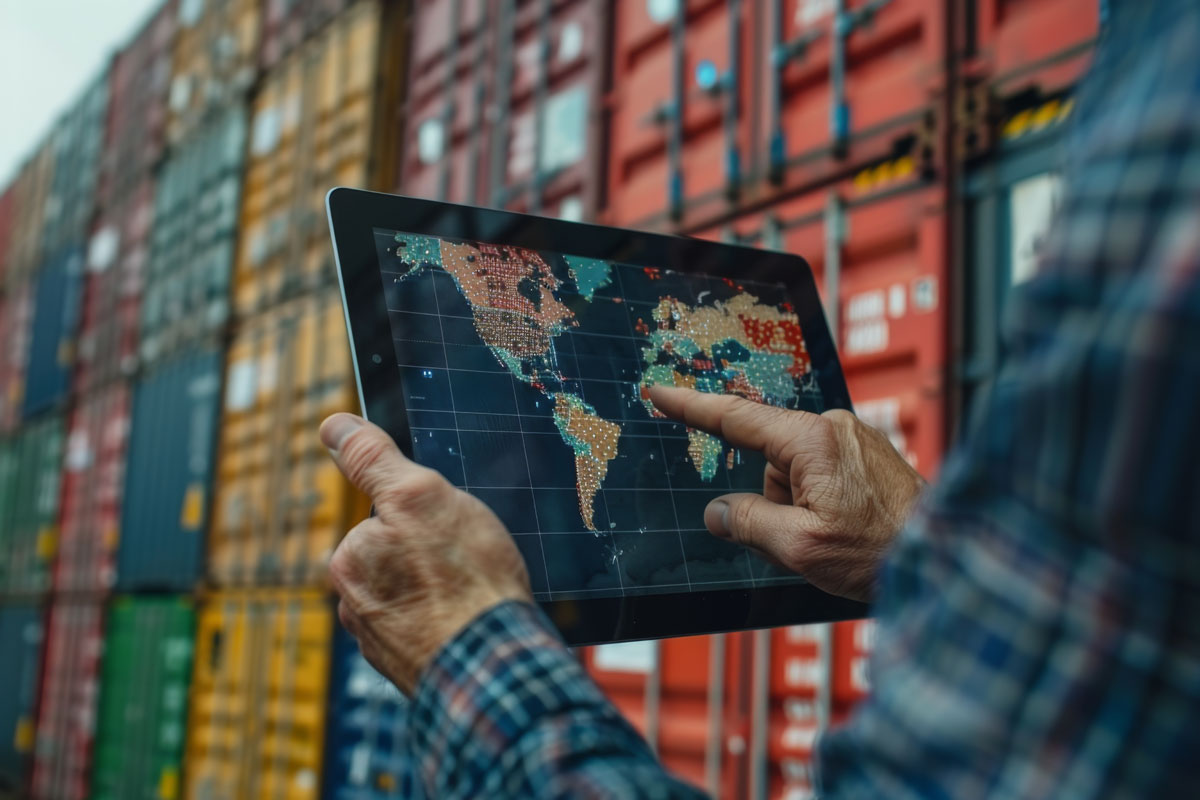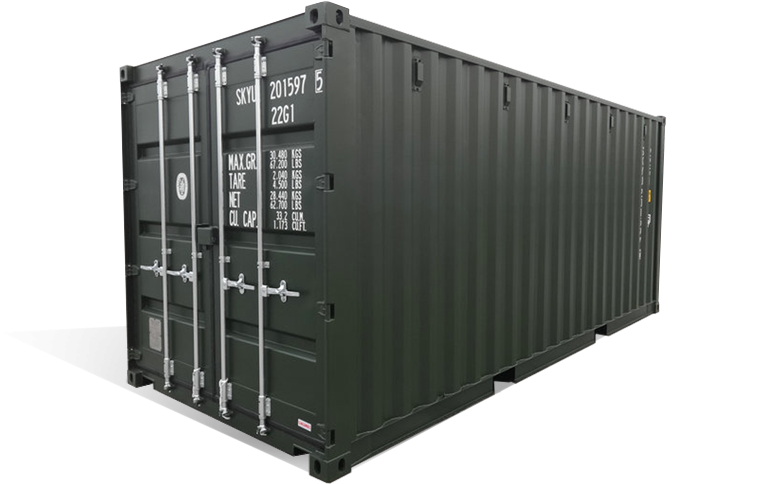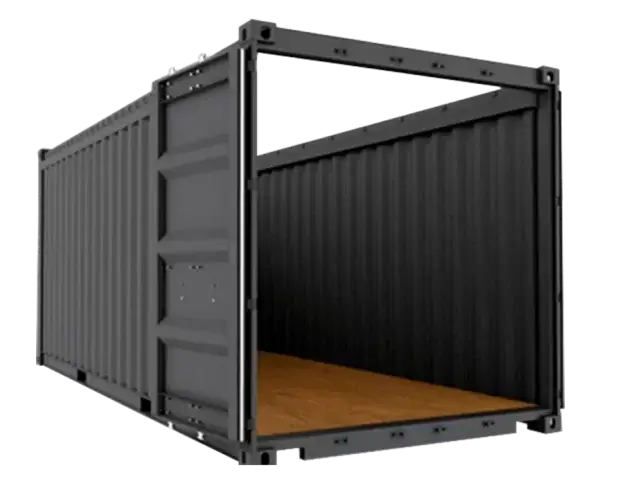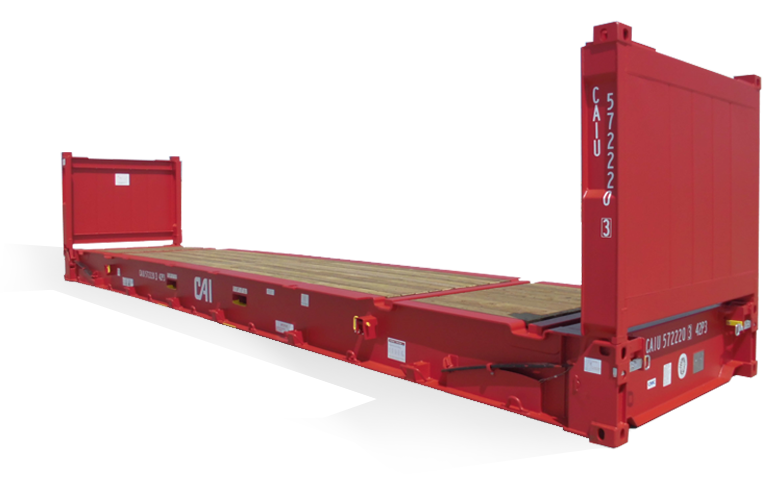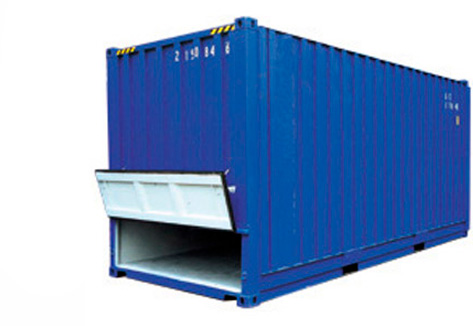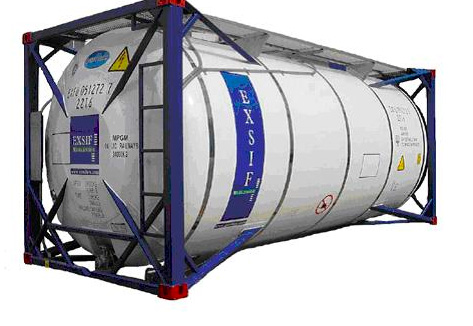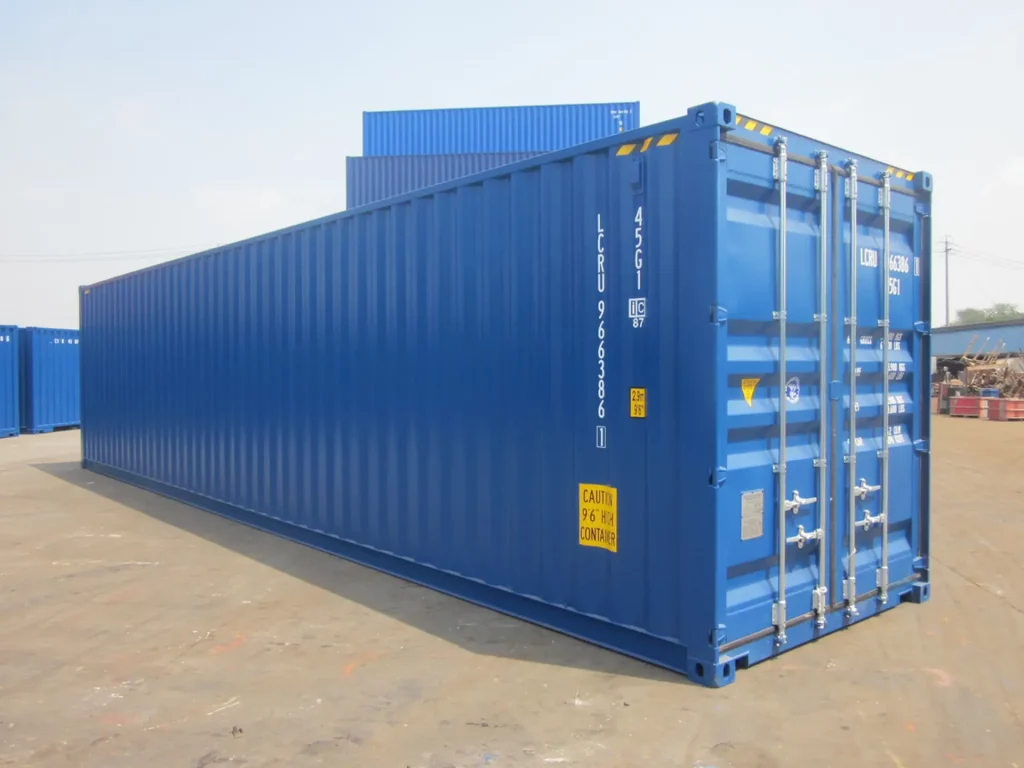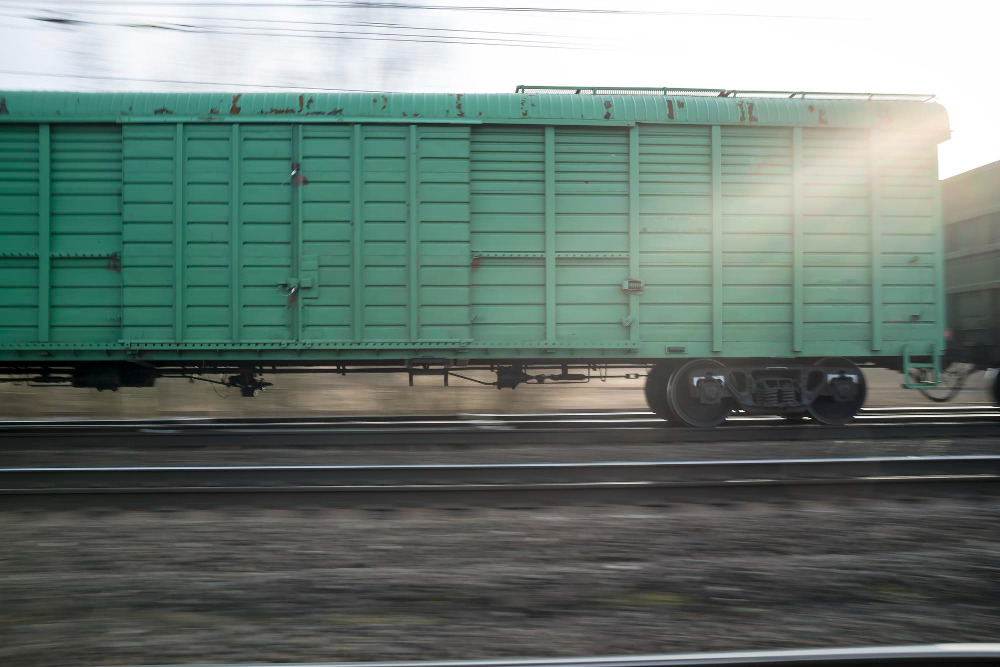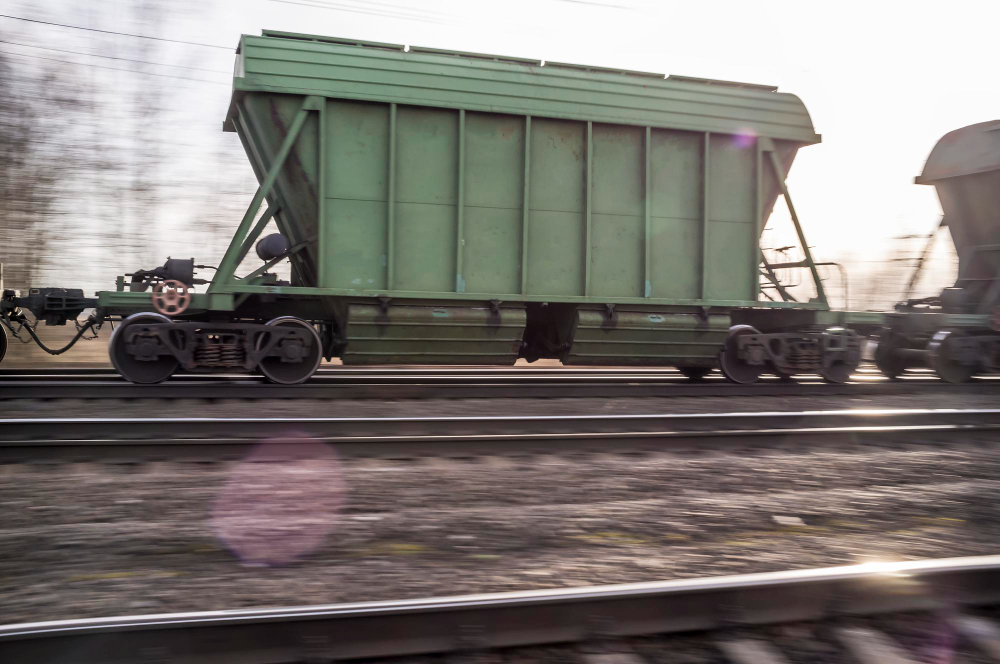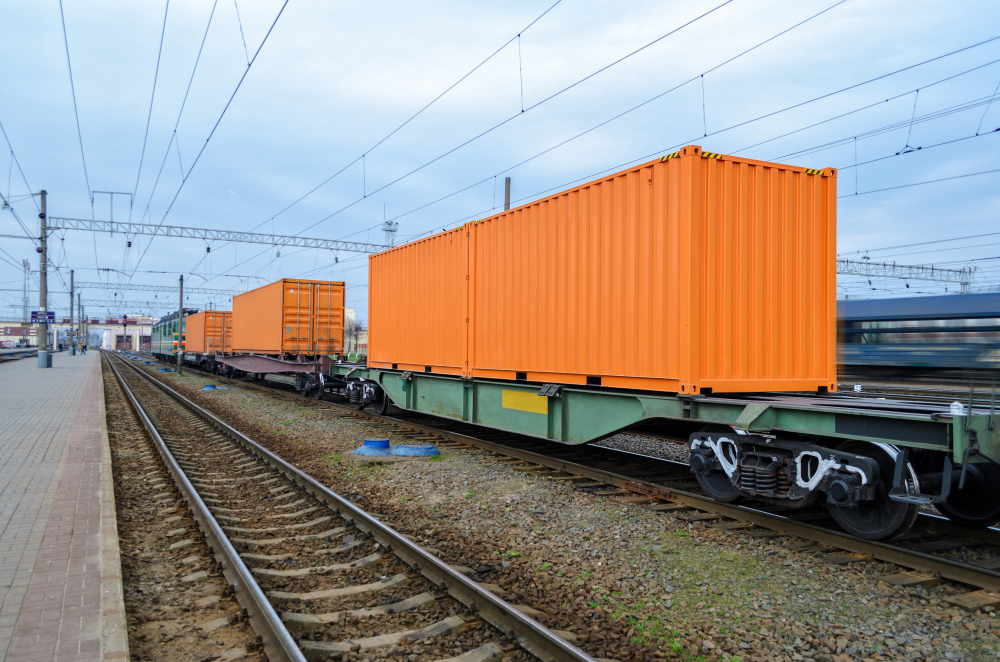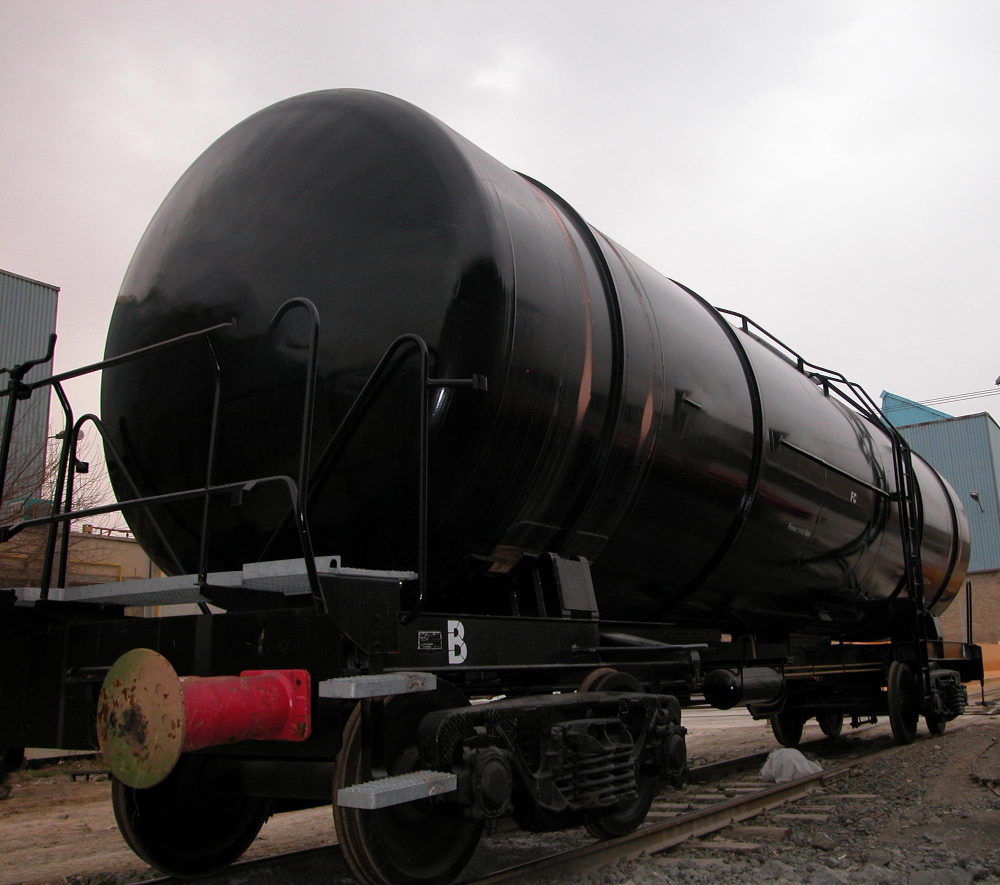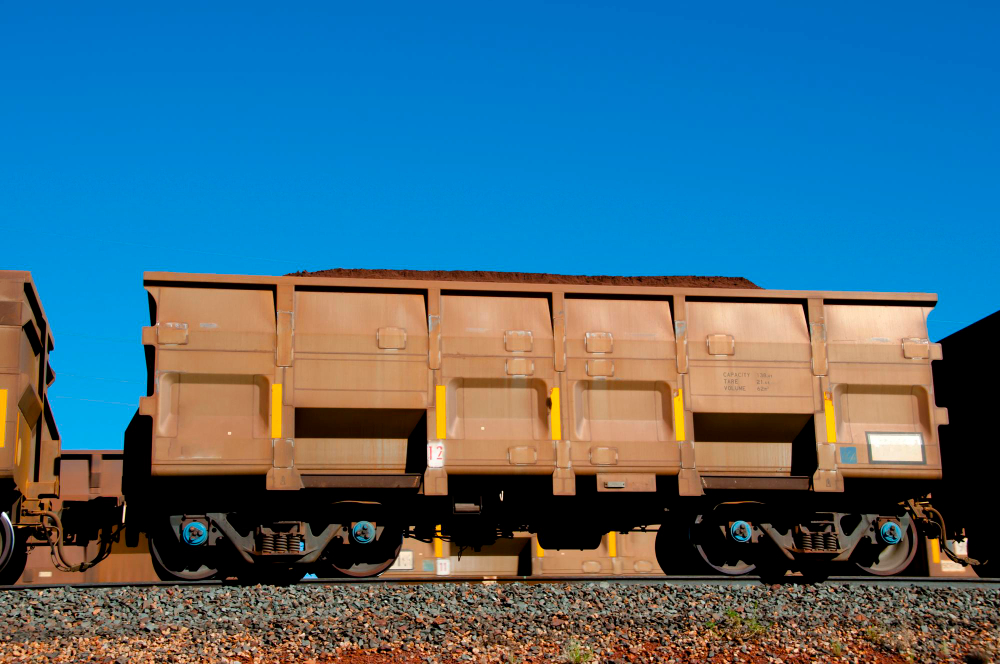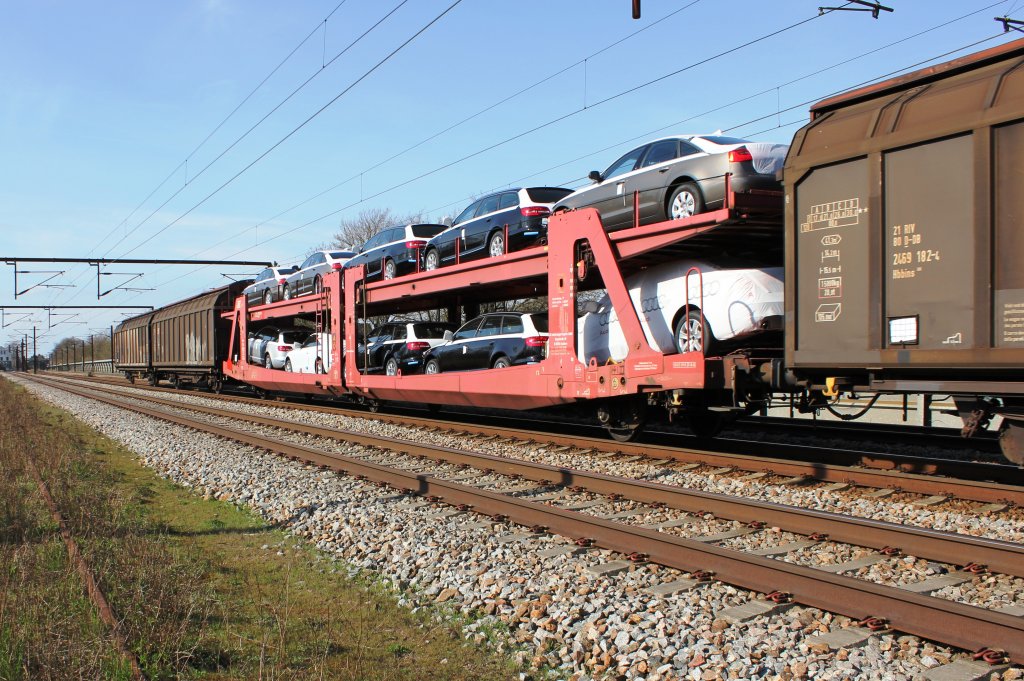Intermodal logistics is at a turning point: shrinking margins, tightening regulations, and customers demanding real-time data. In the midst of this storm, Essentos emerges as an on-premise operating system capable of turning every movement (gate, weighing, yard) into precise, traceable decisions. This article dives deep into how it works—and why it matters.
From Fragmented Data to Bottlenecks: The Challenge Stalling Competitiveness
In most terminals, critical information lives in spreadsheets, emails, and hastily built apps. The result is a patchwork of incomplete data that requires constant phone calls, last-minute printouts, and double entry. Every duplicated data point adds seconds—and every second adds cost and emissions.
The gate operator checks plates on an old screen. The yard manager assigns slots using a PDF. The rail supervisor marks positions by hand on a map. No one shares the same «truth,» and as traffic increases, the lack of synchronization exposes the system’s fragility.
This model worked in an era of predictable trucks and abundant containers—but it collapses under demand peaks, stringent customs requirements, and customers who want real-time updates and ETAs.
Four Symptoms of a Disconnected Terminal
- Runaway dwell time. Containers spend more hours sitting in the yard than moving in transit. A hidden cost that eats up capacity.
- Recurring VGM errors. Incorrect weight declarations cause chain disruptions and penalties under the SOLAS amendment.
- Early morning gate congestion. Truck surges force the opening of extra lanes, increased diesel use, and unnecessary emissions.
- Visibility gaps. Customers call asking, “Where is my cargo?”—and the answer depends on someone finding a paper delivery note.
In a recent RailFreight survey, 63% of European terminals admitted that poor integration between gate, scale, and yard causes at least one critical error per shift. These mistakes are corrected with overtime—and sometimes, contract penalties.
Rising Regulation, Shrinking Margins
Regulatory pressure is the other side of the coin. Authorities demand airtight traceability, ESG reporting, and certified weight evidence. That traceability can’t be achieved with Excel or scanned delivery notes. Without a reliable timeline, every audit turns into a race against the clock to gather scattered paperwork.
Meanwhile, unit margins are shrinking. Customers compare transit times and penalize delays with surcharges or rerouting to alternate hubs. An analog terminal risks falling off the priority route map if it can’t prove reliability.
The Mirage of “Just Installing a Traditional TOS”
Many facilities attempt to fix fragmentation by installing a “monolithic” TOS that supposedly covers everything. In practice, a familiar pattern emerges:
- Long, disruptive deployments. They require operational shutdown windows that reality won’t allow.
- Costly customizations. Each local workflow needs bespoke code that complicates future updates.
- Rigid data structures. The system enforces a format that doesn’t adapt to new services or Ro-Ro, bulk, vehicle, or out-of-gauge cargo.
The outcome: years of effort, blown budgets, and a diluted return that often fails to justify the investment. Worse yet, the database becomes a passive query tool—useless for modern dashboards or optimization systems.
Siloed Data, AI Out of Reach
The conversation around artificial intelligence has reached docks, cranes, and control rooms. But AI needs clean, connected data. If gate data doesn’t “talk” to rail planning, a congestion prediction algorithm will be blind. If legal weight records live in PDFs, a BI engine can’t correlate tonnage, emissions, and billing.
This isn’t about “showcasing AI” at a conference—it’s about unlocking real savings: fewer shuffles, less rehandling, better slotting, and fewer fines. The first step is building a live, consistent, auditable data foundation.
The Hidden Cost of Standing Still
Operational costs. According to the IRU, every extra minute a truck waits costs €1.15. Multiply seven minutes by 800 trucks a day—and you’re leaking €2.3M a year.
Regulatory penalties. A single misdeclared weight can block a container at customs and trigger demurrage. At 100 containers per month, the annual penalty can exceed €250,000.
Lost customers. In intermodal transport, terminal selection depends on reliability. A punctuality KPI below 90% sends cargo to alternative hubs, even 200 km away.
Carbon footprint. The European Union mandates Scope 3 emissions reporting. Without idling engine logs, terminals face carbon certificate surcharges or lose access to green tenders.
In Search of a Solid, Modular, and Adaptable Foundation
The market needs a platform that captures, validates, and shares every event—without forced shutdowns or “big bang” projects. That’s the premise behind Essentos: functional modules that autonomously manage gate, weighing, yard operations, billing, connectivity, and more. Each module integrates seamlessly with layers of technology (certified scales, access systems, IoT sensors…) to build a continuous digital thread—without ripping everything out.
This allows terminals to progress at their own pace. First, enable road access. Then, connect the scale. Later, add advanced analytics. Each step delivers ROI—and most importantly, builds the operational truth needed to audit, optimize, and eventually feed smart algorithms.
Essentos in Depth: On-Premise Architecture and Functional Modules
Essentos isn’t a cloud-bundled “all-in-one” software. Nor is it a loose collection of disconnected apps. It’s a modular architecture designed for direct on-premise installation—built to evolve with operational needs without relying on external vendors or managed environments.
Each module is built to operate autonomously while seamlessly integrating into a broader digital flow. From access control to final invoicing—including weighing, slot allocation, train planning, and document export—Essentos maintains a coherent, auditable, real-time timeline.
Purposeful modularity: Every step delivers impact
The deployment of Essentos can start at any critical point in the process. For example: If congestion occurs at the gate, SecurePass is deployed; if the issue is weighing, the VGM module is implemented; if auditing yard efficiency is urgent, the operational control and internal movement tracking features are activated.
This incremental approach avoids disruptions. Each module is designed to operate in real-world conditions: with workers in motion, terminals at full capacity, and without the need to overhaul the entire IT infrastructure.
SecurePass: Safe and efficient access control
The SecurePass module manages vehicle entry and exit through license plate or QR code scanning, document validation, and shift management. It integrates with LPR cameras, code readers, and pre-check systems. Access is granted only when documentation is in order, reducing queues and manual validations.
SecurePass reduces gate processing times by up to 40% and eliminates up to 80% of manual interventions at entry points. It is compatible with card ID systems, QR, biometrics, or remote control.
Integrated weighing and VGM compliance
Essentos offers a full legal weighing module connected to certified scales and integrated into the document workflow. When a container is weighed, the data is automatically captured and linked to its ID number, booking, and shipment. This traceability is time-stamped and digitally signed when required.
Compliance with the SOLAS amendment on VGM is fully automated. No more separate weight sheets, confirmation calls, or paper signatures. The terminal can prove at any time who weighed a unit, when, and how.
Operations and Depot: Core for handling and yard occupancy
The Operations module manages all yard activities, from slot assignment to internal movement tracking. Each task is logged with context: who ordered it, when, which equipment was used, and what outcome was achieved.
This eliminates the need for “walkie-talkie” calls or emails to check if a container was repositioned. The system knows each unit’s real-time status and displays it through a visual interface tailored for operators.
Depot complements this with specific features to manage cleaning, repairs, technical inspections, or tank cleaning. Every action is logged and may include photos, signatures, certifications, or wait times.
FastPort: Fast-lane access for pre-checked trucks
FastPort accelerates terminal access for pre-announced and pre-cleared trucks. With a smart scheduling system, Essentos guides drivers from gate to loading/unloading point, minimizing the need for human interaction.
FastPort cuts vehicle dwell time by up to 50% and helps regulate traffic by time slots, avoiding peak-hour congestion. It is especially useful in rail-connected terminals requiring synchronized loading.
Billings: Automated billing per event or service
The Billings module generates automatic invoices based on recorded events. Each service (movement, storage, inspection, weighing) becomes a billing line linked to a customer, using either predefined or dynamic rates.
This enables accurate end-of-day invoicing, prevents omissions, eliminates manual processes, and speeds up the cash cycle. It also supports multi-client, multi-cargo, or contract-based billing.
Connect: Native integration with EDI, ERP, and customs
Connect is the backbone of Essentos connectivity. This module integrates with EDI systems, logistics ERPs, rail operators like ADIF, and customs communication nodes.
Thanks to Connect, data flows without human intervention. A container entry triggers an order. An action completed sends a notification. An issued invoice syncs with the ERP. This reduces transcription errors and improves response time.
Plus: Customer portal and external integration point
Plus connects the terminal with its customers in a structured, real-time environment. It acts as a portal where logistics providers, rail operators, and customs agents can make bookings, check unit statuses, access digital documents, and coordinate operations—no calls or emails needed.
This secure, role-based interface allows, for example, a truck driver to check their assigned gate slot, a logistics operator to verify container locations, or a freight forwarder to download certified VGM data.
Plus also serves as an interface for third-party integration via API or push services. It’s the entry point for external platforms needing real-time traceability, including shipping lines, rail corridors, or regional control systems.
Everything happening within Essentos can be shared, audited, and reused through Plus without compromising security or duplicating systems. It’s the external face of the digital terminal.
Scalable by design: Complementary layers
Each Essentos module can be deployed alone or together with complementary layers. For example: SecurePass integrates with LPR cameras, VGM with certified scales, Operations with IoT sensors on reach stackers, and Connect with rail networks.
The system does not require specific brands or hardware. Clients choose the equipment they prefer, and Essentos adapts to ensure full technological independence.
Control, security, and data sovereignty
Essentos is designed to run on the client’s own servers or those subcontracted by them. It does not rely on cloud services or external connections unless requested. This ensures full control over infrastructure, compliance with local regulations, and higher security in sensitive environments.
Updates can be rolled out in a controlled manner without disrupting daily operations, and backup or access policies can be tailored to each operator or country’s standards.
Real cases, tangible results, and operational transformation in motion
Essentos proves its value through practice, not promises. Every deployment delivers clear metrics and immediate improvements.
Let’s start with three terminals that represent very different contexts but face a shared challenge: scattered data.
Inland rail terminal, 220,000 TEU/year. Initial goal: eliminate morning queues at the gate and automate VGM compliance.
SecurePass was deployed using existing code scanners, along with the weighing module connected to two certified bridge scales.
Within 30 days, average wait times dropped from eleven to six minutes, verified by barrier logs and fiscal clock data.
Declared weight errors fell from 9% to just 0.4%, eliminating fines and disputes with customs authorities.
The finance team calculated direct annual savings of €420,000, along with the capacity to receive two extra trains per week.
Dry port linked to a seaport. Problem: Lack of traceability for reefer containers and uncertain schedules for export trucks.
The Operations module was activated with a live slot view and temperature alerts connected to IoT sensors at each plug point.
Reefer search time dropped from 28 minutes to just 3 minutes. The shipping line reported zero claims related to cold chain failures.
FastPort also assigned dynamic time slots. Morning peaks were reduced by 35%, freeing capacity without expanding infrastructure.
Multimodal logistics hub handling both rolling cargo and containers. Challenge: high turnover, complex billing, and limited yard visibility.
Essentos deployed Billings, Connect, and Plus simultaneously. Every event generated an automated billing line linked to the client.
The billing cycle dropped from 9 days to 24 hours, eliminating outstanding balances and reducing late payments by 18%.
Supervisors now use tablet dashboards to reassign slots in real time, avoiding unnecessary rehandling and fuel consumption.
All three examples share a common pattern: gradual implementation without halting operations or replacing core systems.
Quantifiable results that justify the investment
Field metrics reveal just how costly unproductive time can be. Essentos turns every saved second into real financial value.
• Average truck dwell time reduction: 32% after 60 days of continuous use.
• Container rehandling cut by 19% through optimized slotting and visual traceability.
• Double data entry at gate and scale eliminated: 100% by linking scanner, camera, and scale to a unified base.
• Yard space recovery: 14% thanks to scheduled shifts and balanced occupancy.
• Rail punctuality improved by 11% by syncing loading with live timetables and delay alerts.
Each figure comes from signed operational audits cross-checked with the terminal’s historical performance.
How it works: Functional layers that communicate
Essentos does not require proprietary hardware. It integrates scales, OCR readers, RFID sensors—and speaks a unified logic language.
The flow begins with SecurePass, logging the truck’s arrival, validating documentation, and triggering a clean event: A truck has entered.
That event moves to the Operations module and books a slot based on weight, priority, and real-time availability.
If weighing is needed, the VGM module generates a verified event: the container has been weighed with sealed value.
Supervisors see the same event stream on dashboards, filtered by shipping line or customer.
Finally, Billings turns every service into a synchronized accounting line linked to the client’s ERP system.
Operational savings and competitive advantage
Fewer rehandlings mean fewer reach stacker hours, lower diesel use, and reduced wear and tear. Savings are multiplied.
Full traceability reduces complaints and accelerates customs clearance, attracting clients who demand visibility.
By eliminating queues, indirect CO₂ is reduced—supporting ESG goals and strengthening bids for green tenders.
Automated billing improves cash flow and helps fund continuous improvement without requiring extra CAPEX.
Ready for the next phase, without dependencies
With clean data in place, terminals can connect BI tools, predictive models, or yard simulators at their own pace.
There’s no obligation to purchase proprietary AI. The platform leaves the path open for each operator to evolve on their terms.
In this way, Essentos acts as a catalyst for future projects—without compromising today’s operations.
A terminal operating system that doesn’t sell promises—just results
Essentos doesn’t rely on futuristic speeches or promises of features that don’t yet exist. It’s designed to deliver from day one—right where it matters most: At the gate, in weighing operations, across yard visibility, and in managing mixed traffic flows.
It’s a modular platform that doesn’t require disruptive changes to perform. On the contrary: it adapts, integrates, supports operators, and evolves based on your business priorities—without locking you into a closed architecture.
For terminals handling rail, truck, maritime, or intermodal traffic, Essentos becomes an operational ally that reduces friction, increases control, organizes your data, and prepares the ground for long-term efficiency. All of this based on reality—not theory.
If your terminal can no longer afford to rely on spreadsheets, scattered workflows, or decisions made without reliable data, maybe it’s time to see how Essentos can help.

